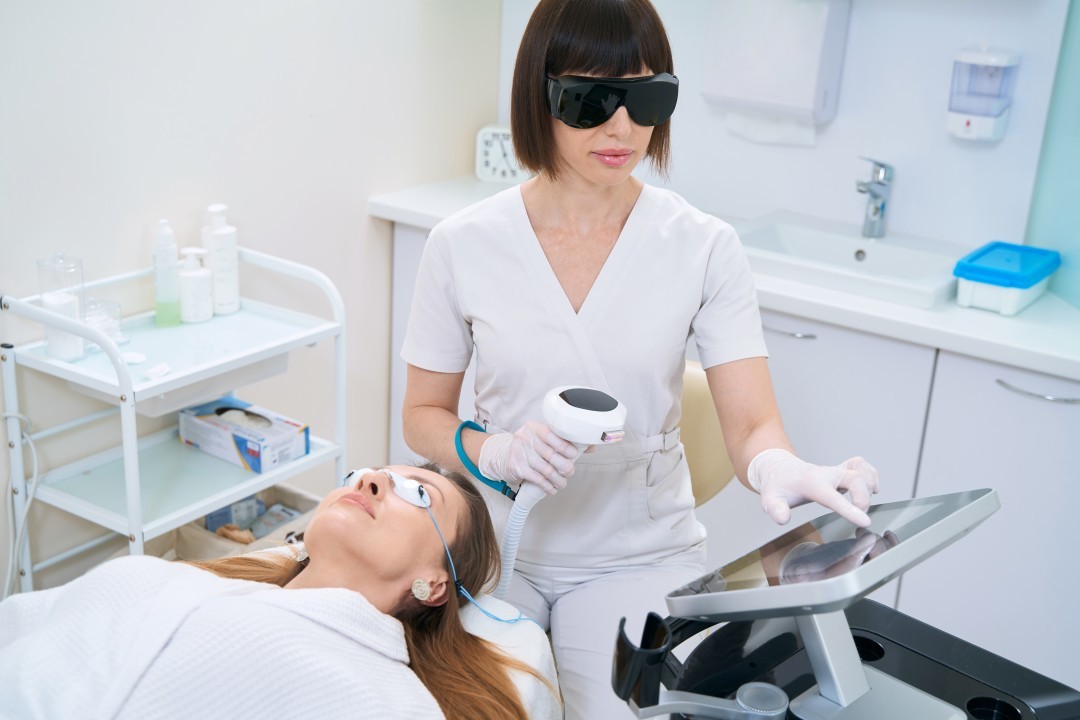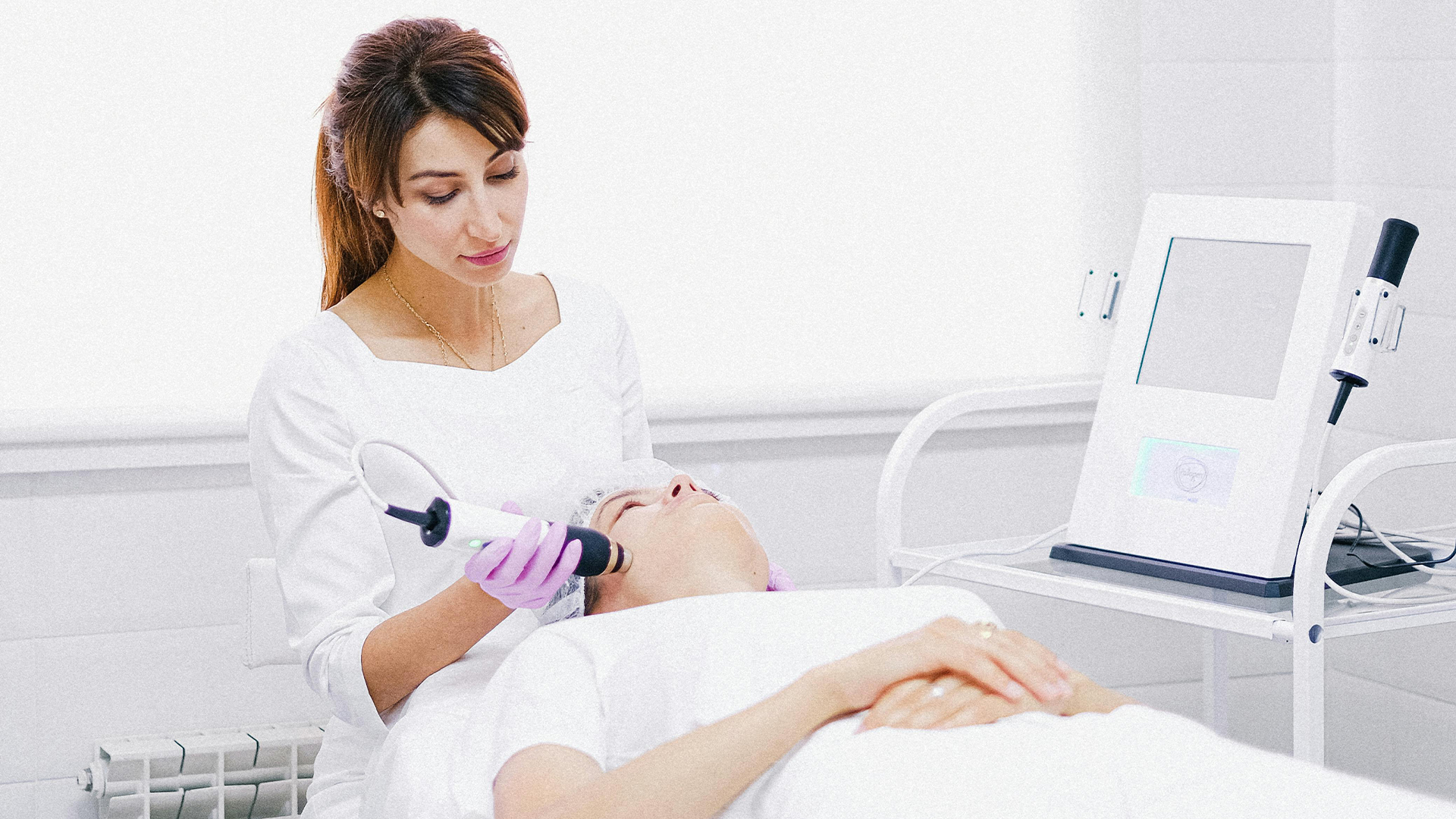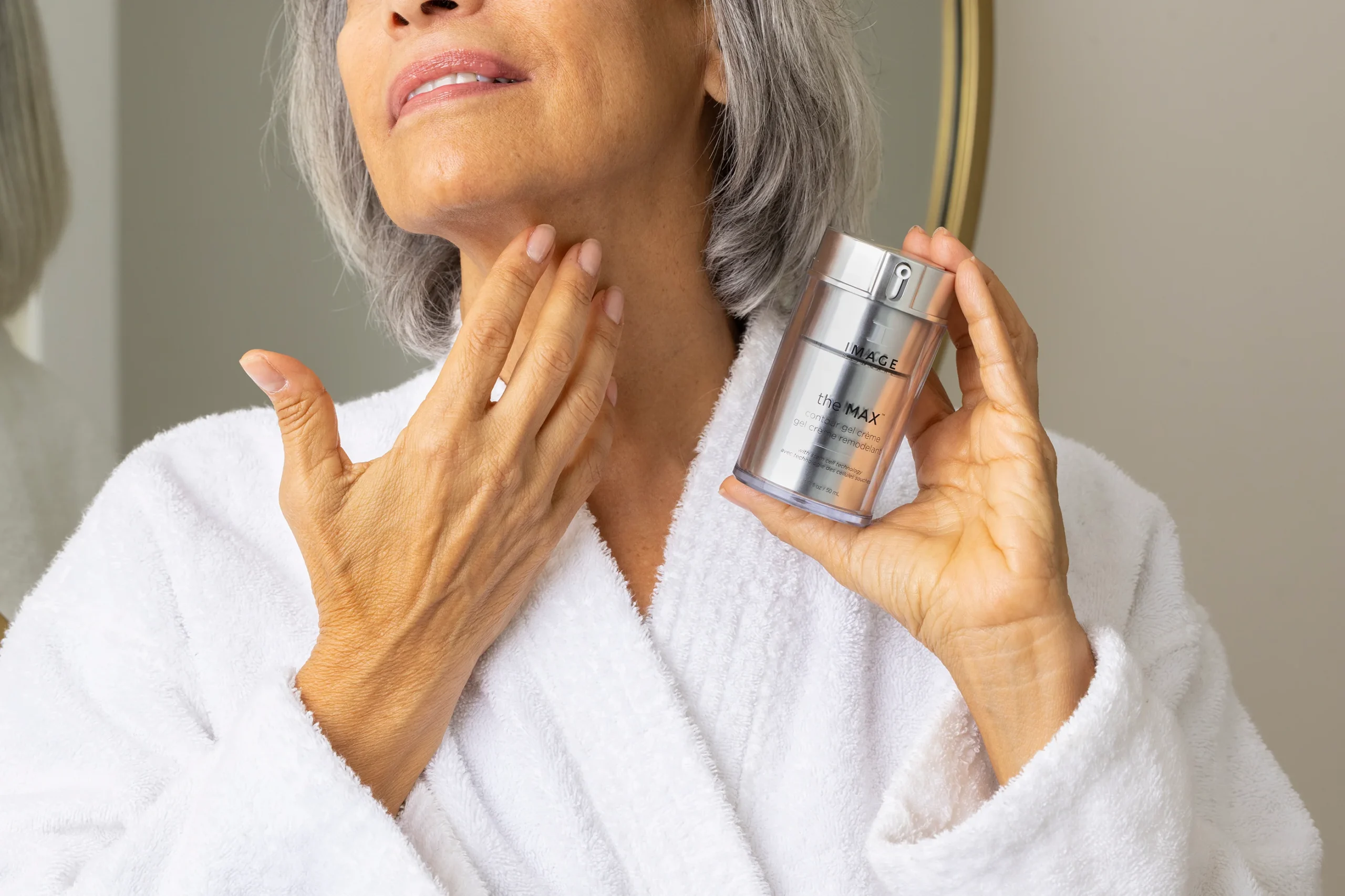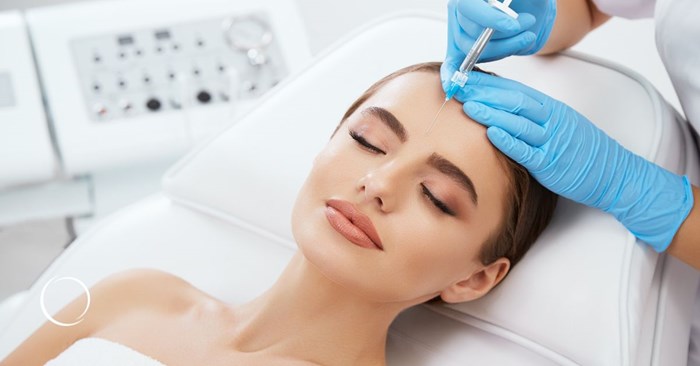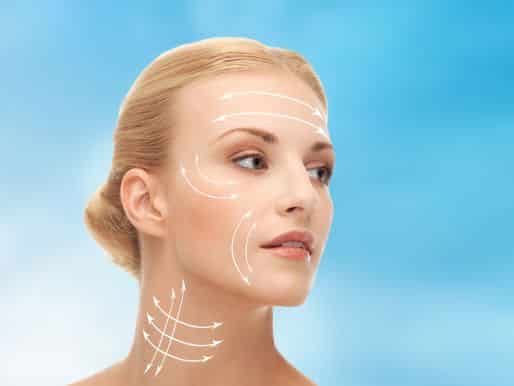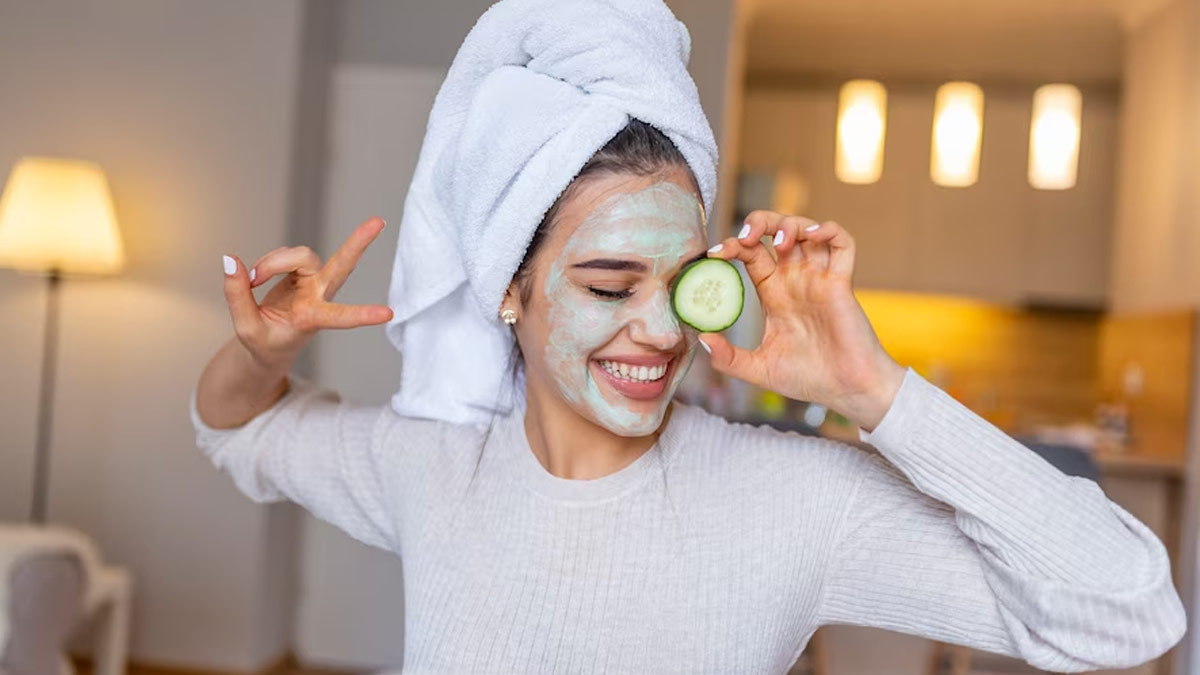In recent years, the intersection of artificial intelligence (AI) and aesthetics has transformed the landscape of cosmetic surgery. As technology continues to advance, AI is playing a pivotal role in enhancing surgical outcomes, improving patient experiences, and streamlining processes within the cosmetic surgery field. This article explores how AI is revolutionizing cosmetic surgery, the benefits it brings, and what the future holds for this dynamic industry.
Understanding AI in Cosmetic Surgery
Artificial intelligence refers to the simulation of human intelligence in machines programmed to think and learn. In the context of cosmetic surgery, AI technologies are being integrated into various aspects of the field, from pre-operative planning to post-operative care. By leveraging data and advanced algorithms, AI can assist surgeons in making more informed decisions, ultimately leading to better patient outcomes.
1. Enhanced Pre-Operative Planning
One of the most significant ways AI is revolutionizing cosmetic surgery is through enhanced pre-operative planning. Surgeons can now utilize AI-powered tools to analyze patient data and create personalized treatment plans.
a. 3D Imaging and Simulation
AI-driven 3D imaging technology allows surgeons to create detailed visualizations of a patient’s anatomy. This technology enables:
- Accurate Assessments: Surgeons can assess the underlying structures of the face or body, leading to more precise surgical planning.
- Patient Visualization: Patients can see realistic simulations of their expected results, helping them set realistic expectations and make informed decisions.
b. Predictive Analytics
AI algorithms can analyze vast amounts of data from previous surgeries to predict outcomes based on individual patient characteristics. This predictive capability allows surgeons to:
- Identify Risks: By analyzing patient history and demographics, AI can help identify potential complications, enabling surgeons to take preventive measures.
- Optimize Techniques: Surgeons can refine their techniques based on data-driven insights, improving overall surgical success rates.
2. Improved Surgical Precision
AI is also enhancing the precision of surgical procedures, leading to better results and reduced recovery times. Advanced technologies are being developed to assist surgeons during operations.
a. Robotic-Assisted Surgery
Robotic systems powered by AI are becoming increasingly common in cosmetic surgery. These systems offer several advantages:
- Minimally Invasive Techniques: Robotic-assisted surgery allows for smaller incisions, resulting in less tissue damage and quicker recovery times.
- Enhanced Dexterity: AI-driven robotic systems provide surgeons with greater precision and control, reducing the risk of human error during delicate procedures.
b. Real-Time Data Analysis
During surgery, AI can analyze real-time data to provide surgeons with critical information. This capability includes:
- Monitoring Vital Signs: AI systems can continuously monitor a patient’s vital signs and alert the surgical team to any abnormalities.
- Guiding Surgical Decisions: AI can assist in making real-time adjustments based on the patient’s response during the procedure, ensuring optimal outcomes.
3. Personalized Patient Care
AI is transforming the patient experience in cosmetic surgery by enabling personalized care tailored to individual needs.
a. Customized Treatment Plans
AI algorithms can analyze patient data, including medical history, aesthetic goals, and anatomical features, to create customized treatment plans. This personalization leads to:
- Targeted Solutions: Patients receive treatments specifically designed to address their unique concerns, enhancing satisfaction with the results.
- Improved Communication: AI tools can facilitate better communication between patients and surgeons, ensuring that expectations are aligned.
b. Virtual Consultations
The rise of telemedicine has been accelerated by AI, allowing patients to have virtual consultations with surgeons. This trend offers several benefits:
- Accessibility: Patients can consult with top surgeons from the comfort of their homes, regardless of geographical location.
- Efficiency: Virtual consultations streamline the initial assessment process, allowing for quicker decision-making and scheduling of procedures.
4. Post-Operative Monitoring and Care
AI is also playing a crucial role in post-operative care, ensuring that patients receive the support they need during their recovery.
a. Remote Monitoring
AI-powered applications can monitor patients’ recovery progress remotely. These applications can:
- Track Healing: Patients can upload images of their surgical sites, allowing surgeons to assess healing and identify any potential complications early.
- Provide Feedback: AI can analyze patient-reported outcomes and provide feedback to both patients and surgeons, facilitating timely interventions if needed.
b. Personalized Recovery Plans
Based on data collected during recovery, AI can help create personalized recovery plans that consider individual healing rates and responses to treatment. This approach leads to:
- Optimized Recovery: Patients can receive tailored advice on activity levels, pain management, and follow-up care, enhancing their overall recovery experience.
- Increased Satisfaction: Personalized care contributes to higher patient satisfaction rates, as individuals feel supported throughout their recovery journey.
5. Ethical Considerations and Challenges
While the integration of AI in cosmetic surgery offers numerous benefits, it also raises ethical considerations and challenges that must be addressed.
a. Data Privacy and Security
The use of AI in cosmetic surgery involves the collection and analysis of sensitive patient data. Ensuring the privacy and security of this information is paramount. Surgeons and clinics must implement robust data protection measures to prevent unauthorized access and breaches.
b. Informed Consent
As AI technologies become more prevalent, obtaining informed consent from patients becomes increasingly complex. Patients must fully understand how AI will be used in their treatment and the potential risks involved. Clear communication is essential to ensure that patients are making informed decisions about their care.
c. Dependence on Technology
While AI can enhance surgical precision and patient care, there is a risk of over-reliance on technology. Surgeons must maintain their skills and judgment, as technology should complement, not replace, human expertise. Continuous training and education are necessary to ensure that surgeons can effectively integrate AI into their practice.
Conclusion
The integration of artificial intelligence in cosmetic surgery is revolutionizing the field, offering enhanced pre-operative planning, improved surgical precision, personalized patient care, and effective post-operative monitoring. As technology continues to evolve, it is essential for the industry to address ethical considerations and challenges to ensure that the benefits of AI are realized while maintaining patient safety and trust. The future of cosmetic surgery is bright, with AI paving the way for innovative solutions that enhance both surgical outcomes and patient experiences.
